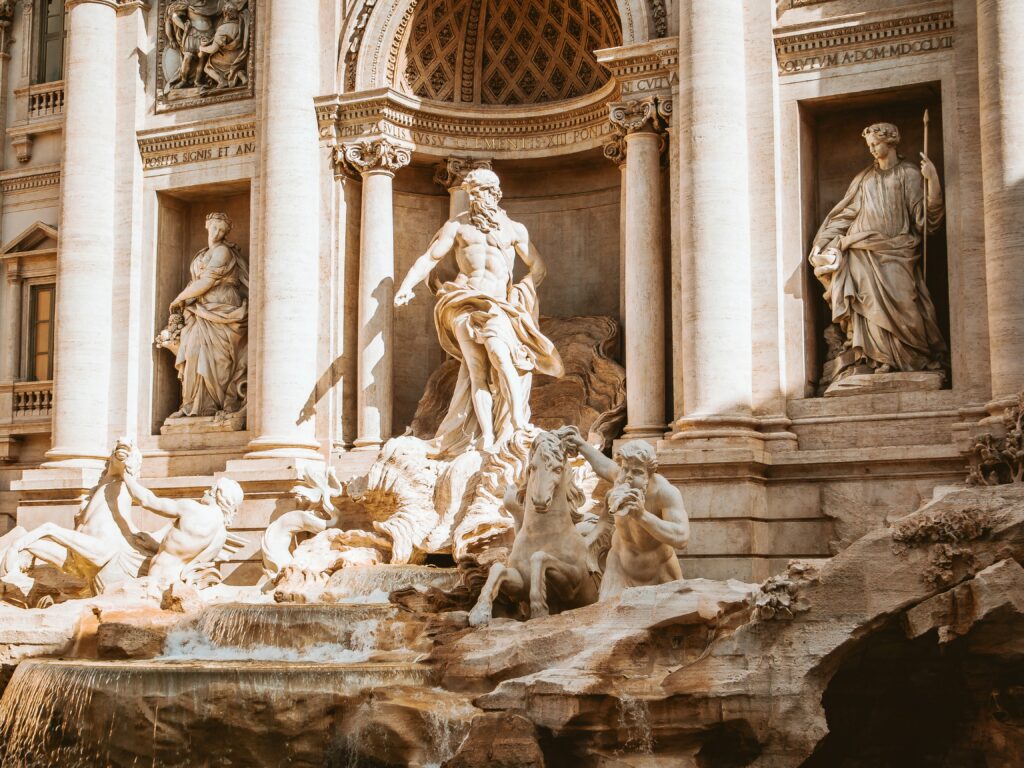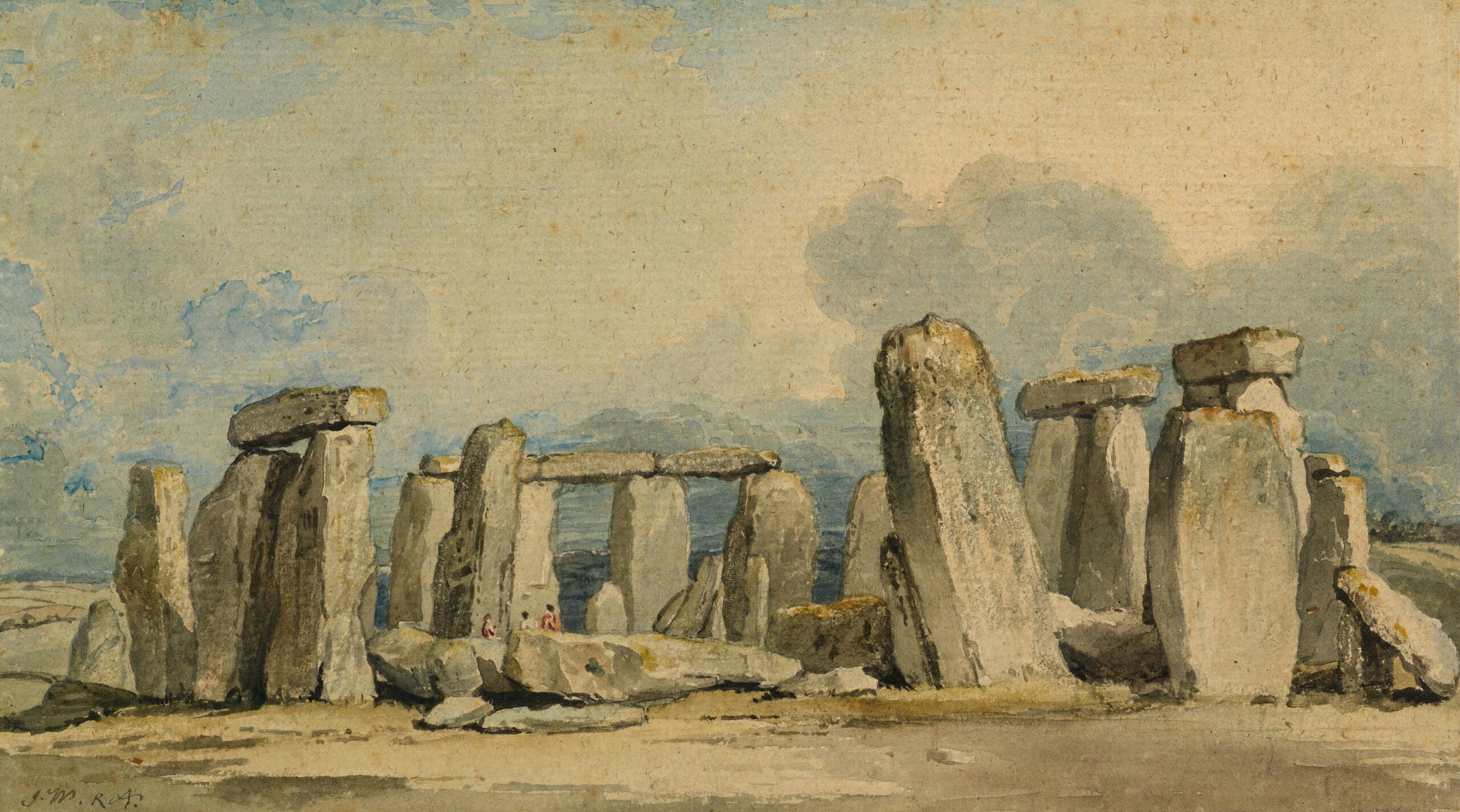“The Adoration of the Kings,” a 17th-century painting that was initially valued at $17,000, has captivated the art world with its astonishing rise in value. Believed to be created by an artist associated with Rembrandt, the painting was showcased in an auction at Sotheby’s two years later, listed as a work by Rembrandt himself. To the surprise of many, it sold for a staggering $13.8 million, shedding light on the critical role of authenticity in determining a painting’s worth. However, controversy surrounds the true authorship of the painting, with skeptics pointing out differences in techniques and the depiction of certain elements. Nevertheless, some experts argue that the work exhibits undeniable characteristics of Rembrandt’s style. The reattribution of artwork is not uncommon and can have a profound impact on its value, leaving the art world intrigued and divided over the true origins of this mesmerizing piece.

Introduction
Overview of ‘The Adoration of the Kings’ painting
‘The Adoration of the Kings’ is a 17th-century painting that has garnered significant attention and controversy in the art world. It depicts the biblical scene of the Three Wise Men paying homage to the baby Jesus. The painting’s intricate details and rich colors have captivated art enthusiasts for centuries.
Initial valuation and association with Rembrandt
When ‘The Adoration of the Kings’ first surfaced, it was initially valued at $17,000 and believed to be the work of an artist associated with Rembrandt. The connection to Rembrandt, one of the most renowned Dutch painters of all time, raised the painting’s profile and attracted potential buyers.
Auction at Sotheby’s
Listing as a Rembrandt painting
Two years after its initial valuation, ‘The Adoration of the Kings’ was auctioned at the prestigious Sotheby’s art house. It was listed as a painting by Rembrandt himself, which immediately heightened interest and speculation surrounding the artwork.
Selling price of $13.8 million
The final selling price of ‘The Adoration of the Kings’ at the Sotheby’s auction was a staggering $13.8 million. This significant sum not only reflected the demand for Rembrandt’s works but also underscored the perceived authenticity and value of this specific painting.
Impact on the painting’s value
The auction at Sotheby’s had a profound impact on the value of ‘The Adoration of the Kings.’ The immense price it fetched signaled a perceived mastery and significance in Rembrandt’s oeuvre. This newfound valuation has implications for the art market and the broader perception of the painting’s worth.

The Importance of Authenticity
Significance in determining a painting’s worth
Authenticity plays a crucial role in determining a painting’s worth. It contributes to the historical and artistic significance associated with the artwork, elevating its desirability and value. The attribution to a renowned artist, such as Rembrandt, adds a layer of prestige and allure.
Role of experts and art historians
In the realm of art authentication, experts and art historians play an essential role. Their expertise and discerning eye can shed light on the authorship of a painting, relying on a variety of methods, including stylistic analysis, provenance research, and technical examination. Their opinions and conclusions greatly impact the perception and value of an artwork.
Influence on the art market
The authenticity of artworks, especially those attributed to renowned artists, has a profound influence on the art market. The attribution to an acclaimed painter can lead to substantial price differentials, attracting both collectors and investors. Therefore, establishing authenticity is not only crucial for historical accuracy but also has significant economic implications.
Artwork Reattributions
Explanation of reattributions
Artwork reattributions occur when the authorship of a piece is reconsidered and potentially assigned to a different artist. This process often involves substantial research and investigation, seeking evidence to support or dispute the initial attribution. Reattributions can challenge long-standing beliefs and have a significant impact on the painting’s perceived value.
Examples of other reattributed artworks
‘The Adoration of the Kings’ is not the first artwork to undergo reattribution. Throughout art history, numerous paintings have been subject to reevaluation, changing their assigned authorship. One notable example is the celebrated ‘Salvator Mundi,’ initially attributed to a follower of Leonardo da Vinci but later reattributed to the master himself.
Effect on the value of a piece
Reattributions can significantly impact the value of a painting. If a lesser-known artist was previously associated with a piece, reassigning it to a master like Rembrandt can elevate its value exponentially. Conversely, if a renowned artist’s name was initially attached to the artwork and then changed, its worth could diminish. Reattributions reshape the narrative surrounding the artwork, altering its historical and market value.

Debate over True Authorship
Skepticism among experts
Despite the listing of ‘The Adoration of the Kings’ as a Rembrandt painting, there remains skepticism among experts about its true authorship. The attributions of artworks can often elicit differing opinions and prompt rigorous debates among art historians and connoisseurs.
Arguments against Rembrandt’s authorship
Critics questioning the painting’s true authorship highlight several key arguments against Rembrandt’s involvement. They scrutinize the style, techniques, and thematic choices, suggesting that certain elements are inconsistent with Rembrandt’s known works.
Critics questioning the painting’s style and techniques
Those questioning Rembrandt’s authorship emphasize aspects of the painting that deviate from his usual style and techniques. They highlight differences in brushwork, lighting, and the portrayal of figures, positing that these deviations weaken the link to the renowned Dutch master.
Supporting Rembrandt’s Authorship
Experts recognizing Rembrandt’s characteristics
On the other hand, there are experts who firmly support the attribution of ‘The Adoration of the Kings’ to Rembrandt. They identify significant resemblances to his characteristic style and note the presence of hallmark techniques that align with his body of work.
Analysis of style, brushwork, and composition
Analysts supporting Rembrandt’s authorship closely examine the style, brushwork, and composition of ‘The Adoration of the Kings.’ They identify similarities to his other works, highlighting his distinctive use of light and shadow, intricate details, and the emotional depth achieved through expressive brushwork.
Comparison with Rembrandt’s other works
Comparing ‘The Adoration of the Kings’ with Rembrandt’s other works is a critical factor in supporting his authorship. Scholars analyze stylistic elements, thematic connections, and technical details, establishing a continuum within Rembrandt’s artistic evolution. This comparative approach strengthens the argument for Rembrandt’s creatorship.
Technique and Elements of the Painting
Differences in techniques compared to Rembrandt’s known works
One of the primary concerns raised by critics is the presence of certain technique differences in ‘The Adoration of the Kings’ in comparison to Rembrandt’s known works. These differences involve the handling of paint, the application of layers, and the use of color. Detractors argue that these disparities undermine the attribution to Rembrandt.
Depiction of certain elements in question
Specific elements depicted in ‘The Adoration of the Kings’ have also been subject to scrutiny. Critics highlight discrepancies in how certain figures are portrayed, claiming that these variations clash with Rembrandt’s typical approach to composition and character rendering.
Contrasting opinions on the authenticity of the painting
The authenticity of ‘The Adoration of the Kings’ continues to be a subject of contrasting opinions within the art world. Scholars, collectors, and art enthusiasts engage in ongoing discussions, analyzing the techniques and elements of the painting to determine its true authorship.
Continued Research and Analysis
Ongoing studies and examinations
To settle the debate surrounding ‘The Adoration of the Kings,’ ongoing research and analysis are being conducted. Scholars and experts study the painting meticulously, employing advanced technology and investigations to uncover additional evidence that can shed light on its authorship.
Future developments in determining authorship
Advancements in art authentication techniques, such as improved imaging technologies and scientific methods, hold the promise of further clarifying the authorship of disputed artworks. These future developments may provide the conclusive evidence needed to definitively attribute ‘The Adoration of the Kings’ to a particular artist.
Possible impact on the painting’s value
The outcome of continued research into the authorship of ‘The Adoration of the Kings’ has the potential to shape its value significantly. If concrete evidence confirming Rembrandt’s authorship emerges, the painting’s worth is likely to soar. Conversely, if the attribution is conclusively disproven, its value may face a decline.
Conclusion
Summary of the painting’s journey
‘The Adoration of the Kings,’ initially valued at $17,000 and associated with Rembrandt, underwent a remarkable journey. Its auction at Sotheby’s and subsequent sale for $13.8 million elevated its value and prestige. The ongoing debate over the painting’s true authorship has engrossed the art world, with experts and critics presenting contrasting arguments.
Importance of authenticity in the art world
The case of ‘The Adoration of the Kings’ underscores the paramount importance of authenticity in the art world. Determining the true authorship of an artwork not only affects its historical narrative but also dictates its market value and significance within the canon of art history.
Impact of reattributions on artwork’s worth
Reattributions of artworks, as seen with ‘The Adoration of the Kings,’ can have a profound impact on their worth. Assigning an artwork to a different artist, especially one of great renown like Rembrandt, can exponentially increase or decrease its value. The ongoing debate surrounding the painting illustrates the complex nature of art authentication and its implications for the art market.

